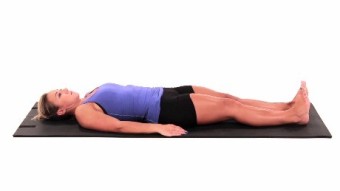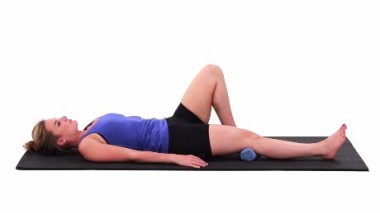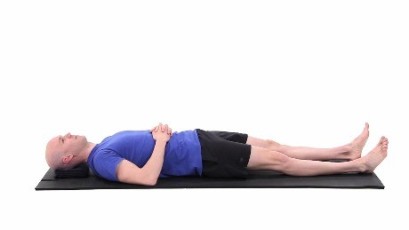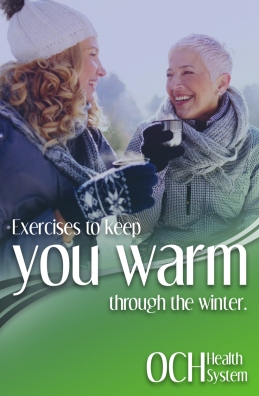In honor of World Autism Day on April 2nd, speech language pathologist Shannon Locke of the Ozarks Area Autism Clinic (OAAC) answers FAQ’s about autism spectrum disorders. Find out notable symptoms, who it affects and resources to help.

1. What is an Autism Spectrum Disorder (ASDs)?
ASDs are lifelong, behaviorally defined developmental disabilities in which an individual demonstrates disturbances in each of three areas:
- Communication
- Social interaction
- Repetitive or restrictive and unusual behaviors
ASDs are a part of the broader category of Pervasive Developmental Disorders (PDD) which includes Autistic Disorder, Asperger’s Disorder, and Pervasive Developmental Disorder-Not Otherwise Specified (PDD-NOS). Symptoms of ASD vary greatly between individuals, but all will demonstrate varying degrees of disturbance within each of the three areas, that cannot be explained by other differential diagnoses.
2. Who is at risk?
According to the National Institute of Health, the true incidence of Autism Spectrum Disorders is likely to be within the range of 30-60 cases per 10000. ASDs occur in males significantly more often than in females; however, ethnicity does not appear to play a significant factor.
This is an increase from early projections which is largely a consequence of improved ascertainment and a considerable broadening of the diagnostic concept. However, a true risk assessment is yet to be identified, although environmental risk factor cannot be ruled out and there have been preliminary studies indicating some familial tendencies. Empirical data do not support hypotheses of causation from dietary sources; however, good diet remains proven as a contributing factor to overall good health for all individuals.
3. What are the signs?
As suggested above all individuals with Autism Spectrum Disorders present differently, but below are a few common signs:
- Underlying resistance/difficulty with social communication (like using common gestures and engaging in back-and-forth interaction with others, for example, Patti-cake games)
- Difficulty greeting others independently or initiating interaction
- Lack of eye contact to engage others or get attention purely for the purpose of “showing” something
- Resistance to change or adherence to specific routines with no functional purpose
Here are a few examples of what it could look like if your child is demonstrating disturbances in social interaction and communication:
- If your child doesn’t show you things or give you things to get you to play with him/her
- If your child always prefers to “play” alone and will even outwardly resist your presence in his/her activities
- If your child doesn’t seem able to say “hi” or “bye” to others with words or by waving without you constantly prompting him/her
- If your child pulls you by the hand or arm to get things, but never looks at you to get your attention in the process
- If your child has certain routines or ‘scripts’ that he/she will repeat over and over again even when the routine doesn’t seem to be appropriate to what’s going on, like imitating a line from a children’s program repeatedly throughout the day or insisting on toys being arranged in a certain way to avoid tantrums
As always, if you have any medical concerns for your child speak with your child’s pediatrician openly about your concerns and don’t be afraid to ask questions. Your pediatrician or nurse practitioner is your first stop resource for support, diagnosis referrals, and intervention services for your child.
4. Where can I get help?
Start with your child’s health care provider, discuss your concerns and ask questions. You child’s doctor can make referrals as needed for medical diagnosis and intervention. Other resources include:
- The Ozarks Area Autism Clinic (OAAC) www.ochonline.com/locations/ozarks-area-autism-clinic is housed in the OCH Christian County Clinic located in Nixa, MO. It is the only multi-disciplinary autism diagnostic clinic of its kind for children from 18months to 6years of age in Southwest Missouri. In addition, the OCH Christian County Clinic Pediatric Therapy Department provides individual pediatric therapy treatment services for children of all ages, including Speech and Language, Occupational, and Physical Therapies.
- In addition, the Missouri Department of Elementary and Secondary Education (MO DESE) www.dese.mo.gov Special Education offers educational support for children from birth though age 21 as they are deemed eligible through your local school district special services and Missouri Early Intervention First Steps programming.
- Finally, the Missouri State Department of Mental Health, Division of Developmental Disabilities www.dmh.mo.gov offers support, case management, and referral services for children with diagnosed disabilities locally through the Springfield Regional Office; as well as facilitate connection with TouchPoint Autism Services www.touchpointautism.org , which provides supports for children in Southwest Missouri with ASDs.
Contact for support through these agencies can help families navigate the multitude of information floating in cyberspace about Autism Spectrum Disorders, point families in the right direction for hands-on help, and assist in finding everyday solutions and needed services for children in Missouri.
 Blog report compiled by Shannon Locke, M.S.-CCC/SLP, Director of Pediatric Therapy Services and co-creator of the Ozarks Area Autism Clinic at OCH. Shannon has been treating ASDs for over 20 years in educational, vocational, recreational, and medical settings. She received her Master of Science degree from Missouri State University in 1998 and Certificate of Clinical Competence and licensure, Speech and Language Pathologist in 1999 through the State of Missouri Department of Professional Registration. Shannon has previously been certified as an In-district Autism Consultant through Greene County Special Education Cooperative and received the ACE Award from American Speech Language and Hearing Association for exceptional participation in Continuing Education. When Shannon is not working in the Nixa OCH Clinic, she enjoys time with her husband, Scott and 10 year-old daughter, Katie and their rescue pets, two dogs and one cat, as well as spending time exploring the great outdoors hiking, kayaking, biking, and sky-diving.
Blog report compiled by Shannon Locke, M.S.-CCC/SLP, Director of Pediatric Therapy Services and co-creator of the Ozarks Area Autism Clinic at OCH. Shannon has been treating ASDs for over 20 years in educational, vocational, recreational, and medical settings. She received her Master of Science degree from Missouri State University in 1998 and Certificate of Clinical Competence and licensure, Speech and Language Pathologist in 1999 through the State of Missouri Department of Professional Registration. Shannon has previously been certified as an In-district Autism Consultant through Greene County Special Education Cooperative and received the ACE Award from American Speech Language and Hearing Association for exceptional participation in Continuing Education. When Shannon is not working in the Nixa OCH Clinic, she enjoys time with her husband, Scott and 10 year-old daughter, Katie and their rescue pets, two dogs and one cat, as well as spending time exploring the great outdoors hiking, kayaking, biking, and sky-diving.




















